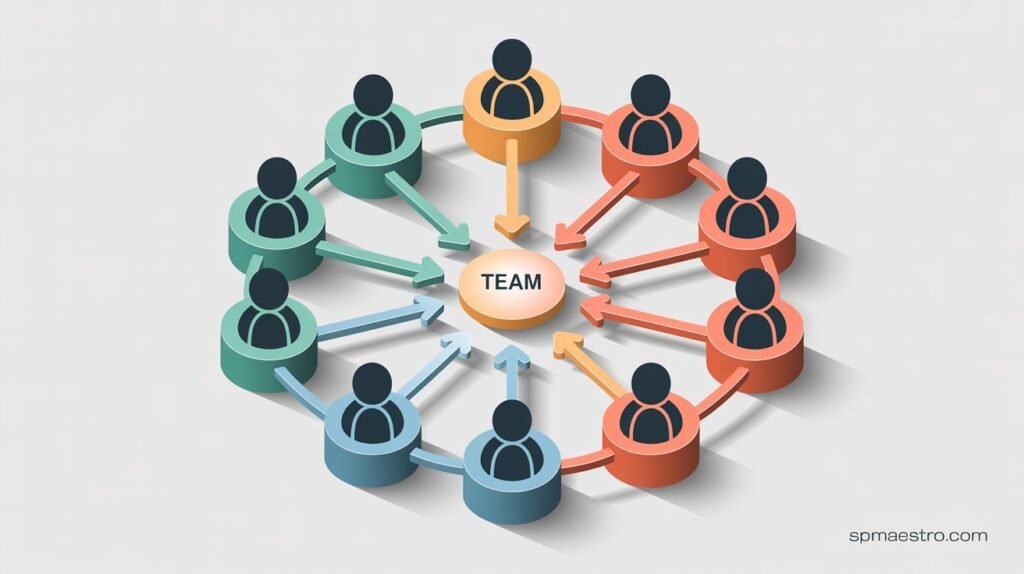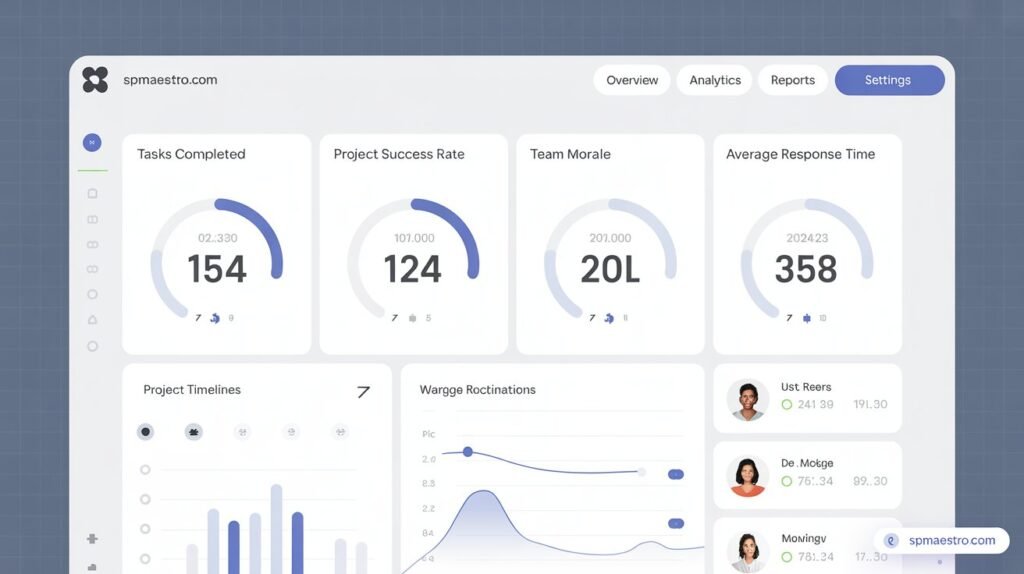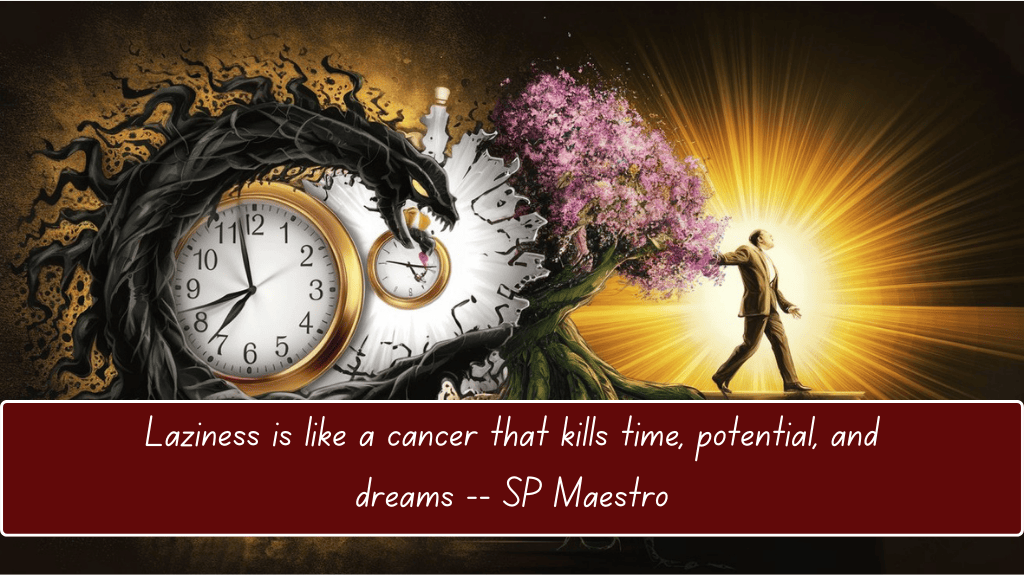Why Understanding Thinking Roles Is Critical for Team Success
Every high-performing team shares one secret: they leverage diverse thinking roles to maximize their collective intelligence. When team members understand their natural thinking patterns and embrace complementary roles, magic happens.
The concept of thinking roles isn’t just theoretical—it’s a practical framework that transforms how teams approach problems, make decisions, and drive innovation.
The 8 Essential Thinking Roles Every Team Needs
1. The Explorer: Your Team's Idea Generator

The Explorer thrives on generating bold, creative ideas and sees possibilities others miss. This thinking role pushes boundaries and challenges conventional wisdom.
Key Characteristics:
- Thinks outside traditional frameworks
- Generates multiple solutions quickly
- Embraces ambiguity and uncertainty
- Drives initial brainstorming sessions
2. The Analyst: Breaking Down Complexity
The Analyst excels at deconstructing complex problems into manageable components. This thinking role ensures your team understands the “why” behind every challenge.
Core Functions:
- Identifies root causes systematically
- Processes data objectively
- Asks probing questions
- Provides logical reasoning
3. The Planner: Building Your Success Roadmap

The Planner focuses on systems and long-term steps, designing clear routes to achieve team goals. This thinking role transforms ideas into actionable strategies.
Planning Strengths:
- Creates detailed timelines
- Anticipates potential obstacles
- Establishes clear milestones
- Coordinates resources effectively
4. The Connector: Fostering Team Synergy
The Connector builds strong relationships and synergy, linking people and ideas together seamlessly. This thinking role ensures collaboration flows naturally.
Connection Capabilities:
- Facilitates team communication
- Bridges different perspectives
- Creates networking opportunities
- Maintains team cohesion
5. The Expert: Your Knowledge Foundation

The Expert brings grounded knowledge, facts, and proven solutions to every discussion. This thinking role provides clarity and accuracy when teams need solid foundations.
Expert Advantages:
- Offers deep subject matter expertise
- Provides historical context
- Validates proposed solutions
- Ensures quality standards
6. The Optimizer: Perfecting Performance
The Optimizer focuses on improving and refining what works, making systems run better. This thinking role drives continuous improvement across all team activities.
Optimization Focus:
- Identifies efficiency gaps
- Streamlines processes
- Eliminates waste
- Enhances productivity
Smart Suggestions
7. The Strategist: Exploring Long-term Possibilities

The Strategist explores possibilities and long-term implications beyond the obvious. This thinking role helps teams prepare for future challenges and opportunities.
Strategic Thinking:
- Analyzes market trends
- Considers long-term consequences
- Develops contingency plans
- Anticipates competitive responses
8. The Coach: Nurturing Team Growth
The Coach helps people grow and succeed, nurturing potential and confidence throughout the team. This thinking role ensures everyone reaches their maximum capability.
Coaching Elements:
- Provides constructive feedback
- Develops individual strengths
- Builds team confidence
- Facilitates skill development
How to Implement Thinking Roles in Your Organization

-
Assess Your Current Team Dynamics
Start by identifying which thinking roles naturally exist within your team. Most people gravitate toward 2-3 primary roles based on their personality and experience.
-
Map Role Gaps and Overlaps
Determine which thinking roles are missing or underrepresented. Too many people in similar roles can create imbalance and limit team effectiveness.
-
Develop Role Flexibility
Encourage team members to stretch into complementary thinking roles. This builds versatility and ensures coverage when key people are unavailable.
The Science Behind Diverse Thinking Roles
Research from leading business schools confirms that teams with diverse thinking styles consistently outperform homogeneous groups by 35% or more.
When different thinking roles collaborate effectively, they create cognitive diversity that leads to:
- Better decision-making processes
- More innovative solutions
- Reduced blind spots
- Increased adaptability
Common Mistakes When Applying Thinking Roles
Mistake #1: Forcing People into Boxes Remember that thinking roles are fluid. People can develop multiple roles over time.
Mistake #2: Ignoring Natural Preferences While flexibility matters, forcing someone completely outside their natural thinking style creates stress and reduces performance.
Mistake #3: Undervaluing Certain Roles Every thinking role contributes unique value. Avoid prioritizing “flashy” roles like The Explorer over essential roles like The Optimizer.
Measuring Success with Thinking Roles

Track these key metrics to evaluate how well your team leverages different thinking roles:
- Project completion rates
- Innovation metrics
- Team satisfaction scores
- Problem-solving speed
- Quality of decisions
Building Your Thinking Roles Action Plan
Week 1-2: Assess current thinking roles within your team Week 3-4: Identify gaps and development opportunities
Month 2: Begin role flexibility training Month 3: Implement formal thinking role assignments for projects Ongoing: Monitor results and adjust approach
Transform Your Team Today
Understanding and implementing these 8 thinking roles will revolutionize how your team tackles challenges and achieves goals. The key lies in recognizing that different minds truly do create one smarter team.
Start by identifying your own primary thinking roles, then work with your team to map everyone’s natural strengths. From there, you can strategically develop the missing pieces that will complete your team’s cognitive puzzle.
Frequently Asked Questions (Schema FAQ)
A: Yes, most people naturally align with 2-3 thinking roles, and individuals can develop flexibility to adapt other roles when needed.
A: No single thinking role is more important than others. The key is having balanced representation across all 8 roles within your team.
A: Most teams notice improved collaboration within 2-4 weeks, with significant performance improvements visible after 2-3 months of consistent application.
A: Small teams can succeed by having members develop flexibility across multiple thinking roles, ensuring all critical functions are covered.
A: No, thinking roles are learned behaviors and preferences that can be developed and adapted over time with practice and awareness.
Other interesting topics you may like
-
 Stress Effects on Body: 8 Shocking Ways Stress Destroys Your Health
Stress Effects on Body: 8 Shocking Ways Stress Destroys Your Health -
 Eclipse Do's and Don'ts: Your Complete 12-Point Survival Guide for September 21, 2025
Eclipse Do's and Don'ts: Your Complete 12-Point Survival Guide for September 21, 2025 -
 Solar Eclipse 2025: The Ultimate 7-Point Scientific Guide to September 21's Spectacular Phenomenon
Solar Eclipse 2025: The Ultimate 7-Point Scientific Guide to September 21's Spectacular Phenomenon -
 4 Game-Changing Skincare Serums That Transform Every Skin Type
4 Game-Changing Skincare Serums That Transform Every Skin Type -
 Glow Juice Challenge: 7 Powerful Days to Radiant, Clear Skin!
Glow Juice Challenge: 7 Powerful Days to Radiant, Clear Skin! -
 How to Handle 6 Intense Emotional Moments - by SP Maestro
How to Handle 6 Intense Emotional Moments - by SP Maestro -
 Natural Remedies: 20 Powerful Foods That Heal Your Body When You're Sick
Natural Remedies: 20 Powerful Foods That Heal Your Body When You're Sick -
 Pyramid of Strategy: 9 Powerful Levels to Transform Your Business Success
Pyramid of Strategy: 9 Powerful Levels to Transform Your Business Success -
 8 Thinking Roles That Will Transform Your Team's Performance Forever
8 Thinking Roles That Will Transform Your Team's Performance Forever -
 7 Powerful Money Rules Rich People Follow: Transform Your Financial Future Today
7 Powerful Money Rules Rich People Follow: Transform Your Financial Future Today
Our other websites
Explore Inspiring Spiritual Websites
Aumaujaya.org
A spiritual website filled with inspiring content to help you deepen your understanding of mindfulness and living in the present. Explore their teachings to enrich your journey toward inner peace.
Visit Website →Auysa.org
A platform dedicated to motivating and uplifting the spirit of youth. If you’re looking for ways to inspire younger generations to embrace the present, this is a fantastic resource.
Visit Website →Shreeprabhu.org
A spiritual website with inspiring content centered around the idea of “Universal Oneness.” Their teachings align beautifully with the art of being present and finding happiness in every moment.
Visit Website →


